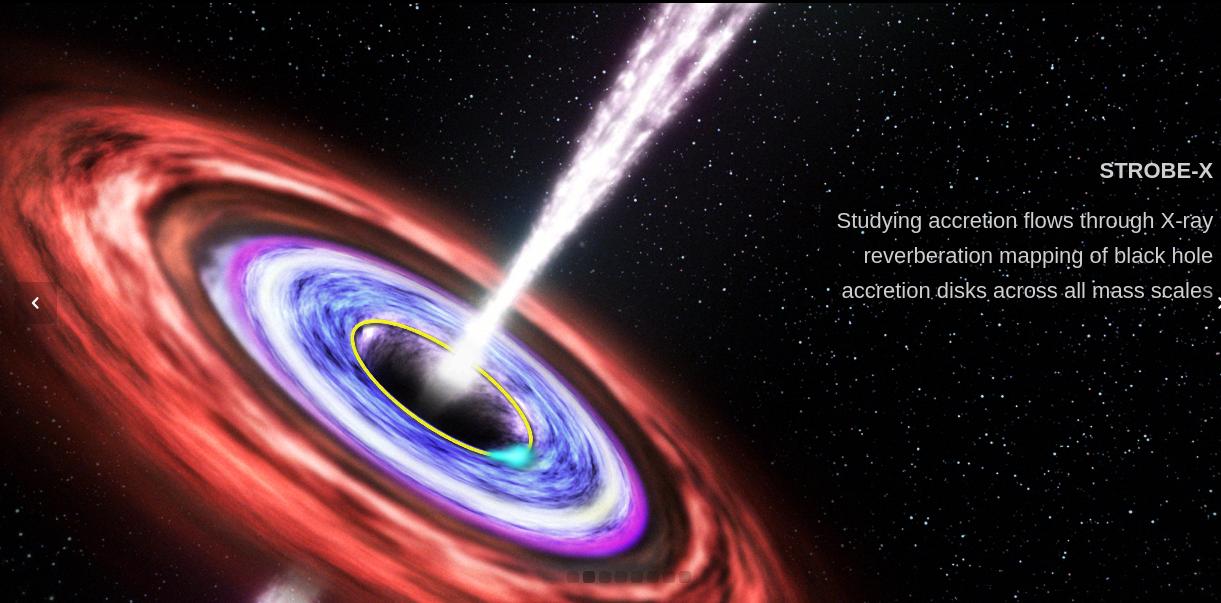
8 minute read
Advancing Astrophysics: NASA’s Response to the 2020 Decadal Survey
[Diego Altamirano, University of Southampton, UK and Vice-Chair, COSPAR Panel on Capacity Building]
The National Academies' 2020 Decadal Survey in Astronomy and Astrophysics, titled "Pathways to Discovery in Astronomy and Astrophysics for the 2020s" has outlined crucial scientific goals for the coming decade. With the aim of accomplishing these goals, the survey recommends the completion of probe missions in specific areas of research. NASA has already started to take steps to implement these recommendations, including the announcement of plans for new missions and the groundwork for future large space telescopes. In line with the survey's recommendations, NASA has opened the Astrophysics Probe Explorer (APEX) call for pre-proposals, focusing on two mission themes: a far-infrared imaging or spectroscopy mission, and an X-ray probe. To our understanding, the probe-class missions will have a cap of $1 billion.
In this edition of SRT, we will provide a brief overview of some of the anticipated X-ray missions that are expected to be proposed for the current APEX call.
STROBE-X
STROBE-X represents an innovative observatory of the probe-class category, specifically engineered for precise X-ray timing and spectroscopy spanning the energy range of 0.2–30 keV. This extraordinary facility boasts a substantial collecting area, ensuring high throughput and broad energy coverage. Moreover, it delivers exceptional spectral and temporal resolution, enabling comprehensive investigations of matter within the universe's most extreme conditions.
STROBE-X focuses on several pivotal scientific domains, including:
• Probing the vicinity of black holes (BHs) to explore the effects of strong-field general relativity and measure the masses and spins of BHs.
• Fully characterizing the so-called “equation of state” for ultradense matter by examining the mass-radius relation of neutron stars using over 20 pulsars across a wide mass range.
• Conducting continuous surveys of the dynamic X-ray sky with a large duty cycle, high spectral resolution, and precise temporal resolution to comprehend the behavior of black holes, neutron stars and other high-energy astrophysical objects over extensive time scales.
• Utilizing X-ray reverberation mapping techniques to analyze the behavior of accretion flows surrounding black holes as small as 10 solar masses, and as large as millions of solar masses.
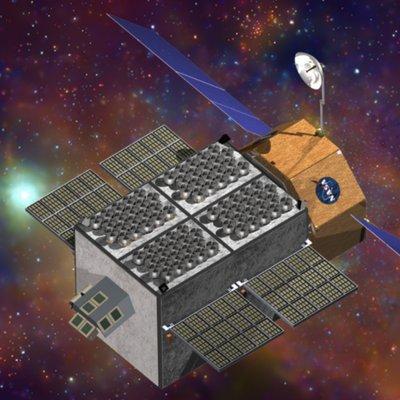
• Investigating the cosmic chemical evolution by determining the bulk metallicity of approximately 100 galaxy clusters at high redshifts (z > 2).
• Facilitating multi-wavelength and multi-messenger studies through cross-correlation with surveys at other wavelengths.
STROBE-X, with its exceptional capabilities and scientific objectives, is poised to revolutionize our understanding of the Universe's most intriguing phenomena and open new frontiers for exploration.
For more details, go to this link on YouTube and read the White Paper
The High Energy X-ray Probe (HEX-P)
The High Energy X-ray Probe (HEX-P) is equipped with an exceptional broad bandpass spanning from 0.1 to 150 keV. This next-generation observatory holds immense potential for addressing fundamental questions about the extreme environments surrounding black holes and neutron stars, mapping the growth of supermassive black holes, and quantifying the effect they have on their environments.
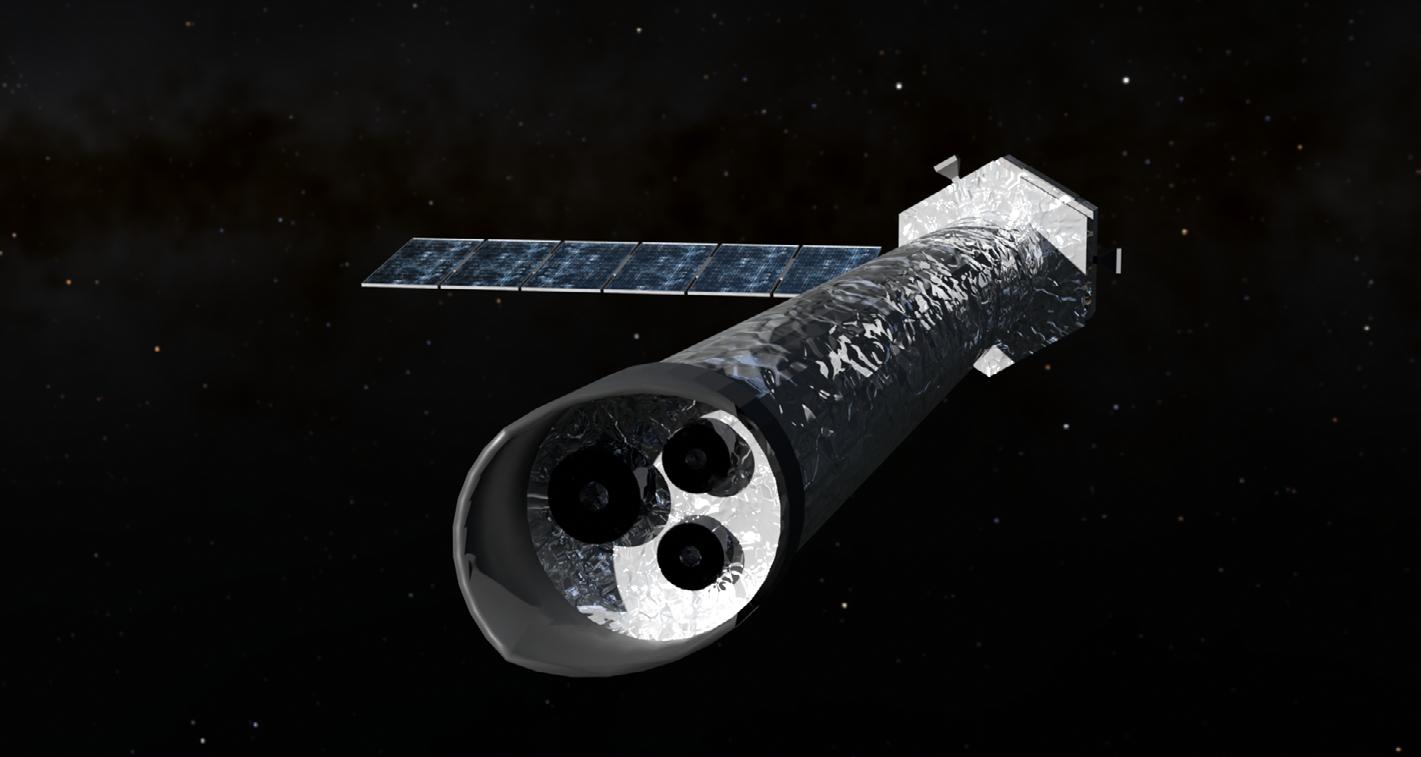
HEX-P's extraordinary spatial resolution (expected to be less than 10 arcseconds FWHM) and wide energy range, coupled with a larger effective area compared to current missions, will unlock new insights into critical astrophysical questions. The science goals of HEX-P are organized into four "Science Pillars" that focus on distinct research areas:
Pillar 1: Accretion power: HEX-P broadband X-ray spectroscopy will revolutionize the understanding of accretion physics as it will be able to provide fresh constraints on black hole mass and spin. Estimates of the inner accretion disk properties will shed light on accretion flow characteristics and the equation of state for neutron stars.
Pillar 2: Black Hole Growth: HEX-P's unique bandpass and high throughput will enable accurate studies of the cosmic history of the X-ray background. Detailed studies of the circum-nuclear environment surrounding active galactic nuclei will provide insights into the intrinsic nature of merging supermassive black holes and the co-evolution between black holes and galaxies as a whole.
Pillar 3: Endpoints of Stellar Evolution: HEX-P's capabilities offer opportunities to perform resolved studies of X-ray sources in nearby galaxies and galactic surveys of crowded regions such as the Galactic Center. Such observations will facilitate detailed population studies of stellar remnants like supernova remnants and pulsar wind nebulae, leading to a better understanding of stellar evolution processes in the Milky Way and other galaxies.
Pillar 4: Time Domain and Multi-Messenger Science: HEX-P's sensitive and broadband X-ray capabilities make it ideal for follow-up studies of compact object mergers, transient events in galaxy nuclei (e.g., tidal disruption events, quasi-periodic eruptions, extreme AGN variability), and the study of relativistic outflows and reprocessed emission from these phenomena.
HEX-P represents an exciting frontier in X-ray astronomy, poised to revolutionize our understanding of extreme astrophysical phenomena and their impact on the cosmos. For more information, read the White Paper
Advanced X-ray Imaging Satellite (AXIS)
The Advanced X-ray Imaging Satellite (AXIS) is a new NASA mission that will revolutionize our understanding of the universe. AXIS will have the highest angular resolution of any X-ray telescope ever built, allowing us to see objects in space with unprecedented detail. AXIS will be used to study a wide variety of objects, including galaxies, black holes, and the high-redshift universe. For example, AXIS will be able to see the smallest structures in the accretion disks of black holes, which could help us to understand how these objects work. AXIS will also be able to study the evolution of galaxies over time, and to see how black holes interact with their host galaxies.
"AXIS will be used to study a wide variety of objects, including galaxies, black holes, and the high-redshift universe"
Some of the main science goals that AXIS will address include:
Galaxies Over Cosmic Time: AXIS will study how galaxies evolve over time, and how they interact with their environment. This will help us to understand how the universe came to be the way it is today.
Feedback in Galaxies: AXIS will study how black holes interact with their host galaxies. This will help us to understand how black holes regulate the growth of galaxies, and how they contribute to the evolution of the universe.
Black Hole Strong Gravity: If the geometry is just right, gravitational lensing by a foreground galaxy can produce several images of a background quasar, separated by a few arc-seconds or less. Each image then flickers due to microlensing by individual stars within the lensing galaxy. A statistic analysis of this flicker reveals information about the micro-arcsecond scale structures of the inner accretion disk.
Dual AGN: The general theory of structure formation predicts that mergers are a major component of galaxy growth and evolution. It has long been predicted that when the galaxies merge, so should their black holes. Little information is known about the occurrence rate of dual AGN for a large sample of objects covering a wide range in mass, luminosity and nature of the host galaxy.
The High-Redshift Universe: AXIS will study the high-redshift universe, which is the early universe when galaxies were just forming. This will help us to understand how the universe evolved over time, how the first galaxies came to be, and how black holes and their host galaxies co-evolved.
"AXIS will study how black holes interact with their host galaxies"
AXIS is an exciting mission and has the potential to make major discoveries about how our Universe works.
For more details, go to this link on YouTube and read the White paper
Arcus: The Soft X-ray Grating Explorer
Arcus is a proposed NASA mission that will study astrophysical phenomena over a broad range of wavelengths, including the soft X-ray band (10-60 Å). This bandpass is poorly studied, but it is important for understanding a wide variety of objects, including the composition of interstellar dust grains, stellar evolution, feedback from supermassive black holes, and structure formation in galaxy clusters.
Arcus will achieve a resolution of R = 3,500, which is an order of magnitude improvement over existing or approved X-ray observatories. This will allow astronomers to study objects in unprecedented detail, and to make new discoveries about the universe. The three top science goals for Arcus are
(1) to measure the effects of structure formation imprinted upon the hot baryons that are predicted to lie in extended halos around galaxies,
(2) to trace the propagation of outflowing mass, energy, and momentum from the vicinity of the black hole to extragalactic scales as a measure of their feedback, and
(3) to explore how stars form and evolve.
"Arcus will be ideally suited to study stars of all types"
However, as other missions, it is expected that with the revolutionary X-ray and FUV spectroscopic capabilities, Arcus will be ideally suited to study stars of all types (accreting, coronal, flaring), exoplanet atmospheres, X-ray binary systems, different flavors of AGNs, Novae, Ultra-luminous X-ray sources, and of course allow for ISM studies, including dust grain composition.
More information is in the White Paper
"Arcus will achieve a resolution of R = 3,500"
LEM: Line Emission Mapper X-ray Probe
LEM is a proposed NASA mission that will study the X-ray emission from the warm, extremely dilute gas residing within the galactic virial halos and beyond them, which is made up from the Circumgalactic Medium (CGM) and Intragalactic Medium (IGM)/Warm-hot Intergalactic Medium (WHIM), and which is essential for galaxy formation and evolution. However, it is difficult to study because they are so faint and diffuse.
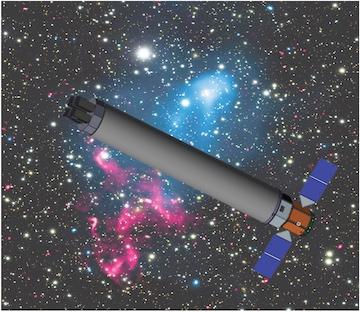
LEM will use a silicon-shell mirror and a microcalorimeter array with high spectral resolution sensitive in the soft X-ray band, covering a large field of view, to map the CGM of a nearby galaxy in one pointing, which is beyond the reach of any of the planned missions. This will allow us to study the CGM in unprecedented detail, and to make new discoveries about how it affects galaxy formation and evolution.
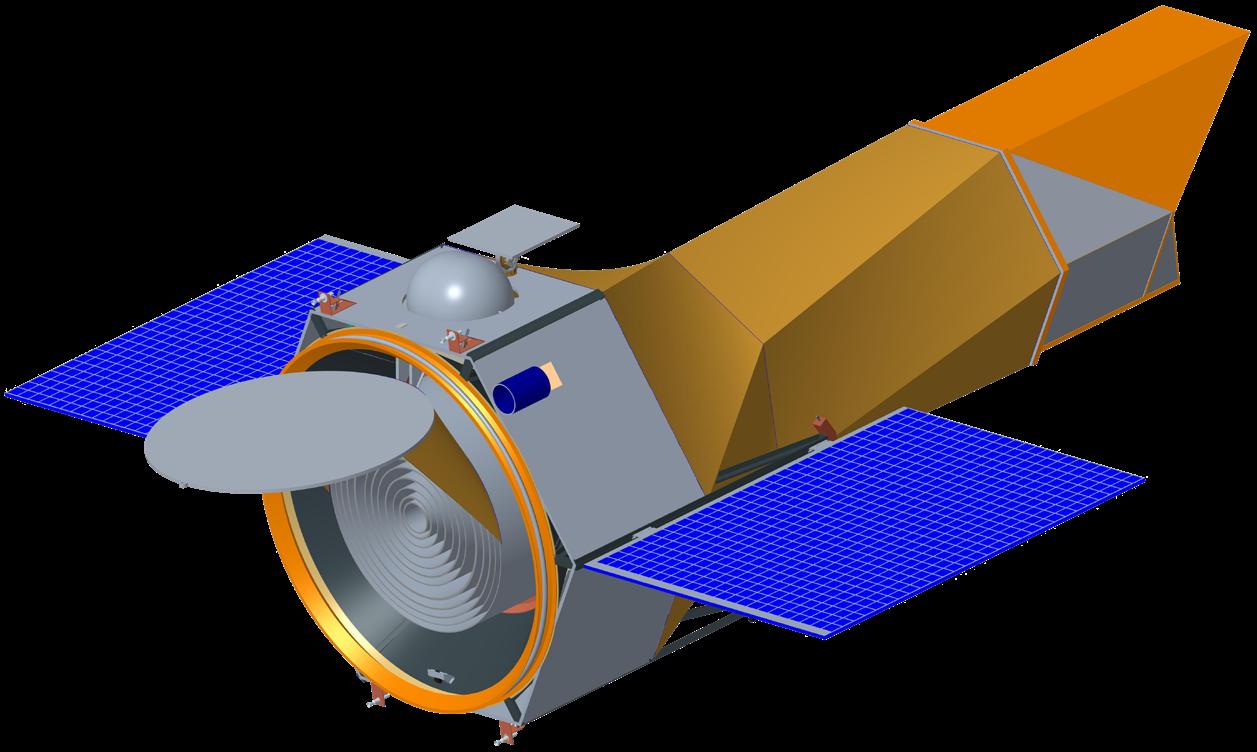
LEM is also expected to make significant contributions to our understanding of other astrophysical phenomena, such as the evolution of black holes, the formation of stars, and the structure of the Milky Way.
In terms of specific science goals, LEM will (1) map the large-scale circumgalactic medium, (2) will resolve the faintest X-ray emission lines and (3) will map the baryons contained in the WHIM, which is the ultimate repository of metals expelled from the galaxies over their lifetime. LEM is different from the other missions, as it will perform a shallow survey of the entire sky. It will resolve a forest of lines and gain access to line diagnostics for temperature, non-equilibrium, and charge exchange processes. LEM will map the temperature structure and velocities of the circumgalactic medium of our own Milky Way — including the expansion of the eROSITA/Fermi bubbles. The all-sky survey will also open an enormous discovery space for the entire community.
For more information see the White paper and YouTube
General notes: All images and information have been taken from either the missions’ websites or the white papers written by the mission teams. It was fun to play with natural language processing tools driven by AI technology (also known as AI chatbots) that can write very simple (and sometimes simplistic) summaries of each mission. You ask me about the missions? I would fund all of them. They all have their own pros and cons. When tackling the same question, they are doing it from different angles. So having all of them simultaneously would mean that their data would complement each other. Sadly, they are too expensive to fund more than one ...
About the Author
Diego Altamirano is a professor in astrophysics at the University of Southampton.
He specializes in time-domain high-energy astrophysics. His main interests are in accretion physics, particularly around black holes and neutron stars which are part of binary systems. Most of his research is based on data obtained from space observatories such as the Neutron Star Interior Composition Explorer, XMM-Newton and the Rossi X-ray Timing Explorer.


